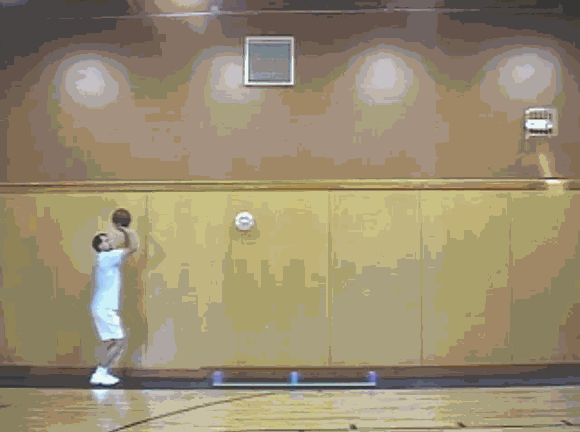 The
following steps will allow you to obtain a file to study the
flight of a basketball. Vernier Software created a video file that
can be used. Using it for this activity will teach you to use
video analysis for other activities.
The
following steps will allow you to obtain a file to study the
flight of a basketball. Vernier Software created a video file that
can be used. Using it for this activity will teach you to use
video analysis for other activities.
|
The following steps will allow you to obtain a file to study the flight of a basketball. Vernier Software created a video file that can be used. Using it for this activity will teach you to use video analysis for other activities.
![]()
![]()
Stop
Go back a frame: :Go ahead a frame
The motion of the basketball is typical of any number of objects that are launched near the earth’s surface. Their motion is due to two factors: Inertia and Gravity. Such objects are collectively called Projectiles, although they may be as different as baseballs and shot putts, golf balls and water balloons.
You can learn more about Video Analysis by studying the tutorial. Inside Logger Pro,
Open > Tutorials > 12 Video Analysis
C. Bakken
June 2008
Click here to download an MS Word version of this page.Click here to download a pdf version of this page